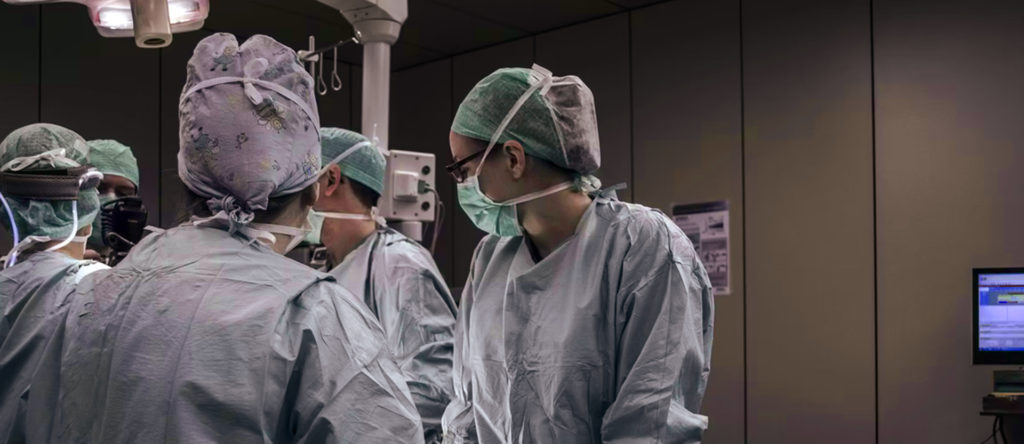Critical limb-threatening ischemia (CLTI) is a severe form of peripheral artery disease in which blood flow to the legs is severely restricted. This medical emergency requires immediate attention, as failure to do so may result in amputation or death.
If you have been diagnosed with PAD, it’s important to know the difference between CLTI and PAD. While PAD can be treated with medication, diet and exercise, CLTI is an acute condition that requires immediate attention from your doctor.

- Signs and symptoms of critical limb-threatening ischemia include:
- Severe pain in your leg or foot that's not relieved by rest
- Cold, pale, numb or blue leg or foot
- Sores on your leg or foot that don't heal
- Slow-growing or non-healing ulcers (sores)
- Loss of hair on your legs or feet
Causes
CLTI is caused by a blood clot that obstructs blood flow through an artery in the leg. This clot can occur due to atherosclerosis (plaque buildup in your arteries) or thrombus (blood clots forming inside your arteries.
Risk factors
- You may be at risk if you have:
- Diabetes
- Peripheral artery disease
- Smoking
- High blood pressure (hypertension)

Diagnosis
The following tests may be used to help diagnose critical limb-threatening ischemia:
Ultrasound Doppler. This test uses ultrasound (high-frequency sound waves) to measure blood flow through your arteries and veins.
Angiogram. This test uses X-ray imaging and an injected contrast material to produce images of your arteries and veins.
Magnetic resonance imaging (MRI). This test uses a magnetic field and radio waves to produce detailed images of your body.
Computerized tomography (CT). This test produces cross-sectional images of your body using X-rays taken from many angles. A CT scan can reveal internal injuries and bleed, and bone fractures. It also can show any arterial blockages or aneurysms (balloon-like bulges in the wall of a blood vessel). Contrast material is sometimes injected into a vein before the scan to produce clearer images.
Laser Doppler scanner or laser Doppler imager. These tests use light rays to detect how much blood flows through certain tissue areas such as skin, muscle, nerves and tendons. They may be able to measure tissue oxygenation levels — the amount of oxygen in tissues — but more research is needed on this technique's use for CLTI diagnoses.
Treatment
When a patient is diagnosed with critical limb-threatening ischemia, there are four main treatment options: Medications. The first line of treatment for CLI involves medications designed to reduce the risk of heart attack or stroke. These medications include antiplatelet drugs (such as aspirin), anticoagulants (to prevent blood clots), and statins (cholesterol-lowering medication).
Surgery.
If there is significant plaque buildup in the arteries, it may be necessary to perform angioplasty using a stent to create a wider opening in the artery, allowing more blood flow to the area.
Thrombolysis/thrombectomy. A patient with deep vein thrombosis may benefit from catheter- directed thrombolysis or thrombectomy, which involves dissolving or removing vein clots that could break free and cause further circulation issues.

Bypass surgery. In cases where there is extensive damage to an artery or if other procedures have failed, bypass surgery may be recommended. During bypass surgery, surgeons use a graft from elsewhere in the body and redirect it around the damaged section to re-establish proper blood flow and circulation to the limb(s).
Washington Vascular Specialists offer the best Critical Limb-threatening ischemia surgeries.
When you need the best vascular care, Washington Vascular Specialists is the right place. We are the top-rated specialist, offering the highest quality treatment and surgical procedures in a comfortable environment.
If you have questions or concerns about your vascular health, call us at 301-891-2500 to schedule an appointment today!



